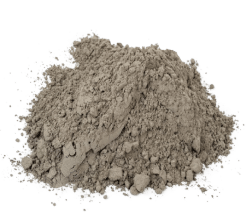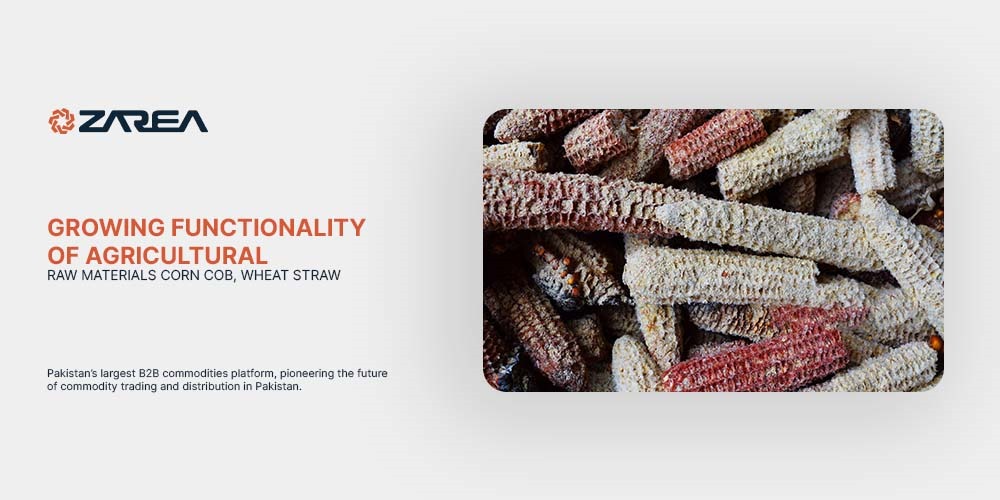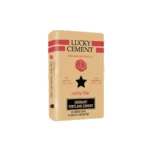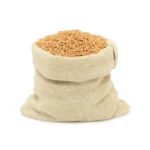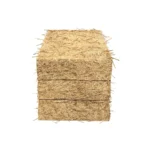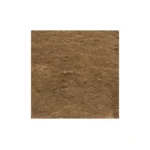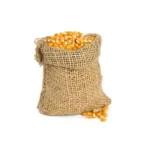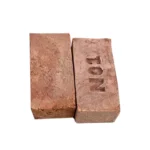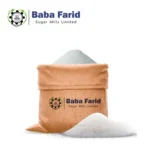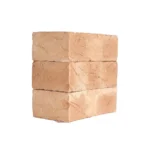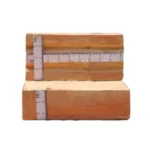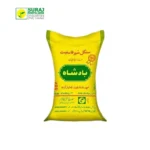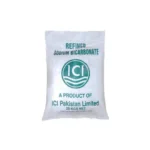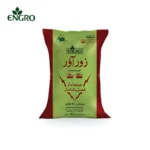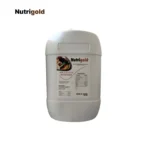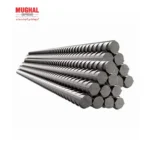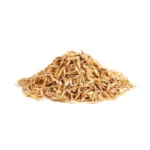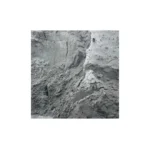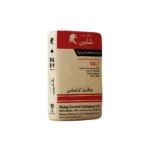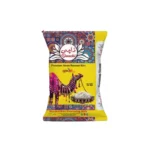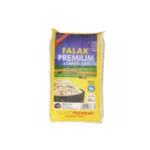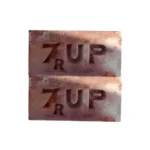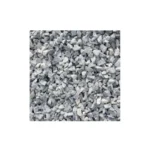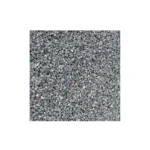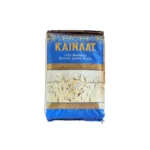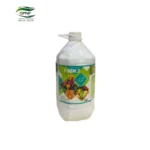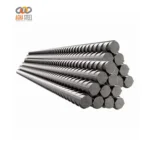Introduction – Agricultural Raw Materials:
Agricultural raw materials are becoming more crucial in multiple sectors, offering sustainable options and supporting environmental goals. Significantly, corn cobs and wheat straw have become valuable materials with various uses extending beyond their traditional functions. This article explores the increasing uses of corn cobs and wheat straw, highlighting their advantages in industrial, agricultural, and environmental settings.
The potential of agricultural raw materials like corn cobs, wheat straw, rice husks, and bagasse is considerably rising. Previously considered agricultural waste, these materials are now recognized for their creative uses. This change is driven by an increased emphasis on sustainability, resource efficiency, and technological advancements. Here are several essential domains in which the capabilities of these agricultural raw materials are advancing:
Corn Cob – A Multifaceted Agricultural Resource:
Composition and Properties
Corn cobs, the primary cores of maize ears, possess significant amounts of cellulose and lignin. This formulation makes them strong and perfect for various industrial applications.
Industrial Uses
- Animal Feed: Ground corn cobs are an important source of fiber in livestock animal feed.
- Biofuel Production: They serve as a crucial raw material for producing ethanol and biomass pellets.
- Abrasives: Their rough surface makes them ideal for cleaning and polishing uses.
- Activated Carbon: Activated carbon made from corn cobs is used in processes for air purification and water filtration.
Environmental Benefits
Compostable and sustainable, this method reduces reliance on artificial materials. It also aids in reducing agricultural waste when used for biomass energy production.
Wheat Straw – A Multifunctional Resource:
Composition and Properties
Wheat straw consists of the dry stems remaining after the wheat grains have been harvested. It consists of cellulose, hemicellulose, and lignin, which offer both structural integrity and adaptability.
Industrial Applications
- Animal Bedding and Feed: Frequently used in the dairy and poultry industries.
- Paper and Packaging Sector: Recycled wheat straw acts as a sustainable alternative to wood pulp.
- Bioenergy Generation: Utilized in biogas plants and as a feedstock for biofuels.
- Building Materials: Integrated into straw bale building techniques for eco-friendly construction practices
Environmental Advantages
Improves soil health through the use of mulch and composting methods. Reduces dependence on deforestation for obtaining raw materials. Contributes to decreasing greenhouse gas emissions when used as biomass.
Comparative Benefits of Corn Cob and Wheat Straw:
| Aspect | Corn Cob | Wheat Straw |
|---|---|---|
| Primary Industrial Use | Biofuel, abrasives, activated carbon | Paper production, bioenergy, construction |
| Agricultural Use | Livestock feed | Animal bedding, soil enhancement |
| Environmental Impact | Renewable and reduces waste | Eco-friendly alternative to wood pulp |
| Economic Potential | Value addition in biofuel and filtration | High demand in packaging and agriculture |
1. Biofuels and Bioenergy
Agricultural residues like corn cobs, wheat straw, rice husks, and bagasse act as essential feedstocks for biofuel generation. These resources are used to produce second-generation biofuels, which do not disrupt food crop farming and offer a more sustainable alternative to fossil fuels. Prominent instances consist of:
- Ethanol and Butanol: Obtained through the fermentation of corn cobs and wheat straw.
- Biogas: Generated by the anaerobic decomposition of rice husks and bagasse.
- Pellets and Briquettes: Made from compacted straw and husks, functioning as solid biofuels.
2. Bioplastics and Biocomposites
The use of agricultural raw materials in producing bioplastics and biocomposites is increasing, offering an eco-friendly and biodegradable alternative to conventional plastics.
- Corn Cob: Utilized in the production of bioplastics through fermentation methods.
- Wheat Straw and Rice Husk: Incorporated into biocomposites to enhance the properties of plastic items.
- Bagasse: Converted into eco-friendly packaging options, thus reducing reliance on plastics made from petroleum.
3. Construction Materials
Developments in eco-friendly building materials have enabled the integration of agricultural byproducts into construction methods:
- Wheat Straw and Rice Husk: These substances are used to produce particleboard and fiberboard, offering a sustainable alternative to conventional wood-based panels.
- Bagasse: This byproduct is utilized to produce lightweight, insulating building panels and bricks.
- Corn Cob Ash: This substance acts as a pozzolanic additive in concrete, improving its strength and longevity.
4. Animal Feed and Bedding
Agricultural by-products serve as vital resources in the field of livestock farming:
- Corn Cobs and Wheat Straw: These substances serve as fiber-rich additives in the diets of ruminants.
- Rice Husk: This by-product provides a gentle and absorbent bedding choice for poultry and livestock alike.
- Bagasse: It acts as a fibrous component in livestock feed, enhancing nutritional value and digestibility.
5. Soil Amendments and Fertilizers
These raw materials are essential for supporting sustainable agriculture through the improvement of soil health and fertility.
- Biochar produced from corn cobs and rice husks: Enhances soil structure, improves water retention, and elevates nutrient accessibility.
- Composted wheat straw and bagasse: They serve as organic fertilizers, enhancing the soil with essential nutrients and organic matter.
6. Industrial Applications
Agricultural byproducts are being utilized for creative applications across various industrial sectors:
- Corn Cob and Rice Husk: Utilized as abrasives and polishing agents in cleaning and manufacturing processes.
- Wheat Straw: Converted into pulp and paper, thus reducing dependence on wood resources.
- Bagasse: Utilized in the production of bio-based chemicals and industrial enzymes.
Final Thoughts:
The rising utilization of agricultural byproducts like corn cobs, wheat straw, rice husks, and bagasse indicates a notable shift toward sustainability and innovation. Previously regarded as waste, these materials are now being transformed into valuable resources across different sectors. By leveraging the potential of these agricultural byproducts, we can create more sustainable production techniques, reduce waste, and promote a greener economy.
Their adaptability in fields such as biofuels, construction, agriculture, and packaging highlights their importance in the worldwide shift towards sustainable solutions. In Pakistan and elsewhere, investing in these resources not only fosters environmental sustainability but also enhances economic growth in both rural and industrial regions. Continued research and development in this field are anticipated to uncover additional applications, further enhancing the worth and efficiency of agricultural raw materials.
